You might be tempted to say no—or even no way—if your child begs for a pet other than the typical dogs and cats.
However, if you think about it, it is usually simpler to maintain exotic pets for youngsters than a cat or a dog. Most are caged, low-maintenance animals that don’t require walking.
Remember that even if your children claim they will handle all the chores of caring for a pet, we know who typically does most of the labor.
Look through our exotic pets list before deciding which one to choose for your kids.
Stay with me.
7 Best Exotic Pets for Your Little One
1. Guinea Pigs:
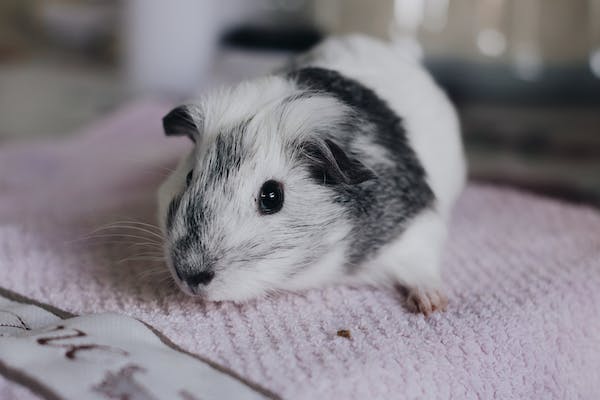
Most are generally non-biting and can be easily trained to appreciate handling. Additionally, when they get used to your routines, they will communicate (squeal with delight) to earn rewards and attention.
They make lovable companions because they can hear the opening of a bag of vegetables from anywhere in the house!
Lifespan and Care: Because they prefer to be in groups and have a 4–8-year lifespan, we suggest acquiring a couple of guinea pigs to keep them company.
Fresh hay, fruits, vegetables, and guinea pig pellets fortified with vitamin C make up their diet. Inexpensive snacks are possible because they enjoy grass, dandelion, and clover. For each guinea pig, a sizable, well-ventilated cage is required with hiding spots.
2. Rats:
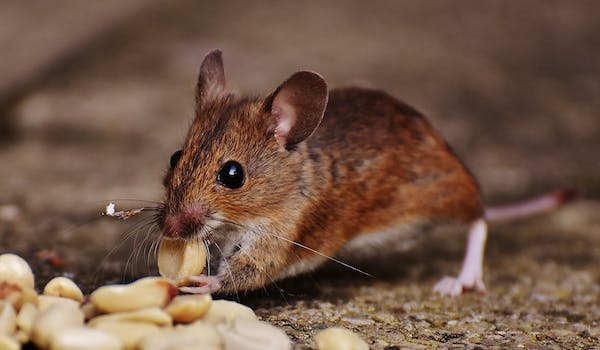
Contrary to popular belief, rats make excellent pets. They can be taught tricks, and they are friendly and social.
Most rats enjoy being carried and will love to interact with you and your kids—even perching on their shoulders. Children will enjoy seeing rats play with straightforward toys like chew toys, exercise wheels, and tunnels built from toilet paper rolls (for their teeth).
Lifespan and Care: Rats only have a 2-3 year lifespan, less than guinea pigs. We advise getting a pair because they also enjoy living in groups. They eat rat-specific pellet food and fruits, vegetables, and hay as treats.
3. Rabbits:
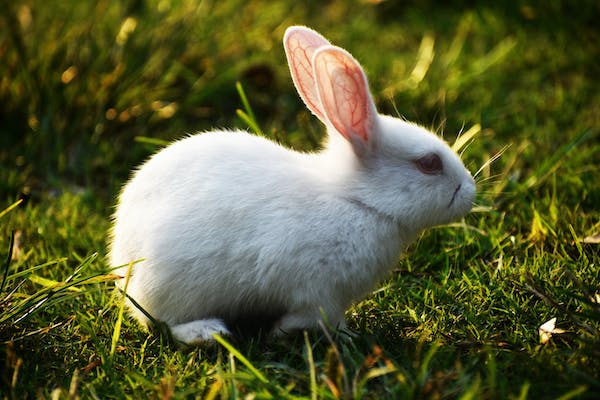
Since they can be litter-trained, rabbits can make lovely, lovable pets requiring little maintenance compared to other small mammals.
However, it’s vital to remember that some rabbits dislike being picked up and that they should be handled carefully to prevent damage to their backs and hind legs.
Therefore, a rabbit may not be the best choice for young kids who desire a pet to tote around and cuddle.
Life expectancy and care: They might range from as little as 2.5 pounds to as much as 16 pounds, depending on the breed.
They must be kept in a sizable cage with just a litter box. They are fed an endless supply of new hay, tiny amounts of daily fresh leafy greens, and rabbit pellets. Daily exercise is necessary for rabbits, who also need a “bunny-proofed” space in your apartment to wander.
Because they enjoy chewing, rabbits cannot access furniture, plants indoors and out, electrical cords, or other items in their exercise area.
4. Gerbils:
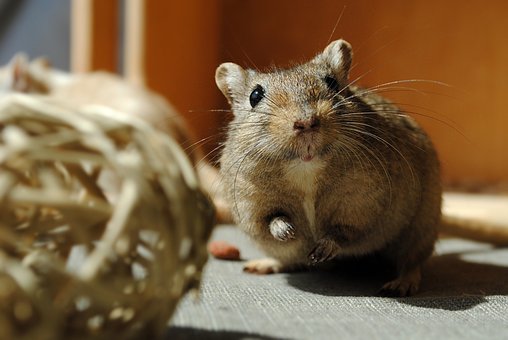
Trying to tame a gerbil can take some time, but they can become extremely amiable with consistent care.
They must be kept in pairs or, even better, small groups because they are social animals.
Even when they don’t get much attention, their play is entertaining. Gerbils don’t sleep throughout the day or all night; instead, they go through many sleep/wake cycles in 24 hours.
5. Madagascar Hissing Cockroaches:
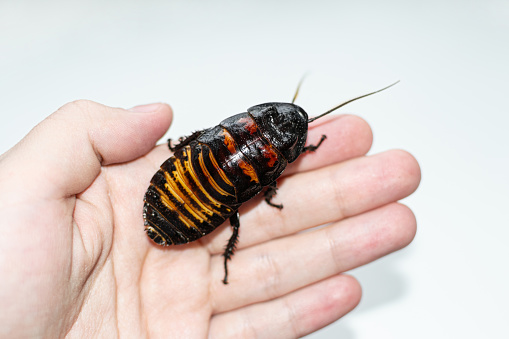
Cockroaches do not have a cute or cuddly appearance, nor are they as talkative or sensitive as mammals. Nevertheless, insects are intriguing.
Since they require the least amount of upkeep, these animals are suitable for children. They are manageable in size and typically pretty calm, yet they make no effort to get your attention.
There needs to be more effort to take them over if youngsters get bored with them!
6. Mice:
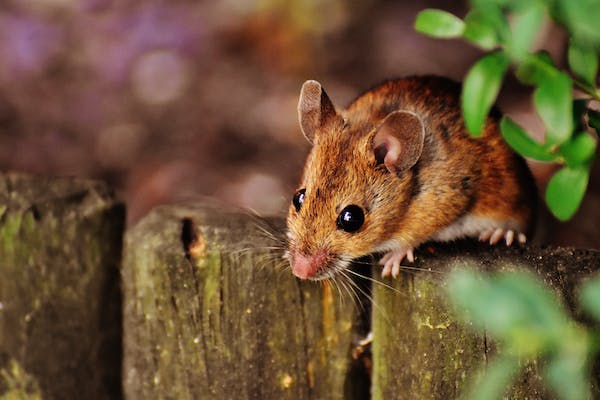
Mice require little maintenance and a small living space. Female mice can happily coexist in a group and provide hours of amusement with their antics. Mice are more challenging for kids since they are highly swift and agile and tend to be timid.
Most children prefer them as “look but don’t touch” pets. The night is when mice are most active.
7. The Bearded Dragon
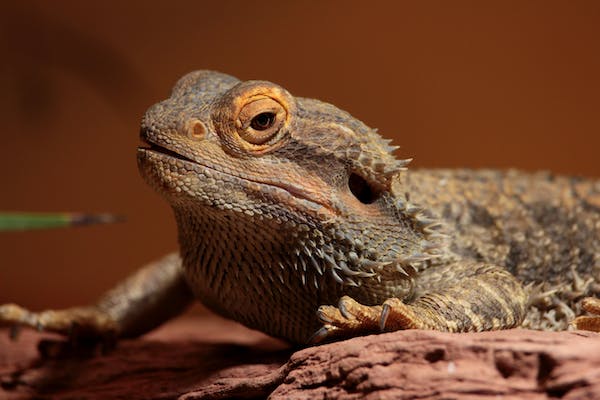
The reptiles known as “Beardies” are kind creatures. Bearded dragons are less likely to bite and are the ideal size for tiny hands. They are more complex than soft-skinned geckos.
These lizards like consuming a variety of insects, worms, green vegetables, and rare pieces of fruit. During homework time, a bearded dragon relaxes on a child’s shoulder.
They can survive for a maximum of 20 years and are pretty silent. They only require a little management once you’ve correctly set up their enclosure.
To Wrap Things Up,
It’s important to remember that although small mammals can make excellent pets and family members, they need a lot of care and gentle handling. Adult supervision is necessary at all times for these reasons. Small animals are household pets that should be cared for by the entire family.







